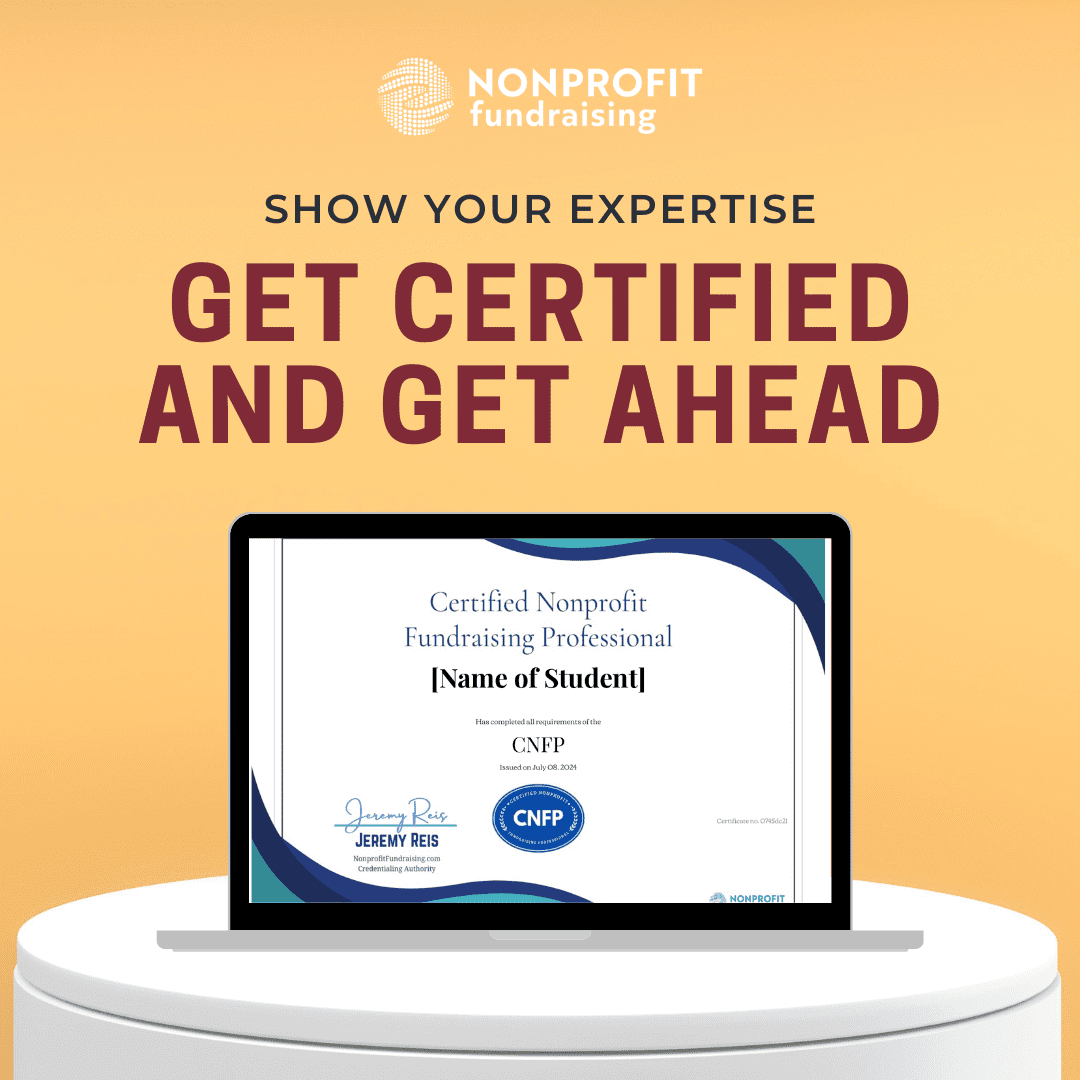The dechurching trend in America is having a much wider impact beyond religious institutions. It’s estimated that forty million adults (16%) of American adults have quit the church over the past twenty-five years.[i] This trend is reshaping the landscape of philanthropy, particularly impacting how and why individuals contribute to charitable causes.
Table of Contents
Historically, churches and religious organizations have played a crucial role in promoting a culture of giving. As their impact wanes, nonprofits face both challenges and opportunities. This trend could affect charitable contributions, regardless of whether your organization is affiliated with a religious institution. We will explore the reasons behind this shift, how it might alter donation trends, and the ways nonprofits can adjust their strategies to meet the changing needs and preferences of donors.
In addressing this trend, our goal is to offer practical guidance to help nonprofits successfully manage these changes. By comprehending and adapting to the evolving landscape of faith-based giving, organizations can maintain strong connections with their supporters and keep the spirit of philanthropy alive even as societal attitudes shift.

How Should Nonprofit Organizations Deal with a Decline in Church Attendance?
As church attendance declines, nonprofits must first seek to understand how this trend is affecting traditional giving patterns. This involves analyzing data and gathering insights into the motivations and preferences of donors who previously gave through religious channels. Recognizing that these individuals may still be inclined to give, but perhaps through different avenues or for different reasons, is key to adapting your outreach and engagement strategies.
Expanding Beyond Traditional Venues
With the decline in church attendance, nonprofits need to diversify their fundraising channels to reach potential donors. This means exploring and investing in various platforms and methods, such as digital fundraising, community events, and peer-to-peer campaigns. Embracing a multi-channel approach allows organizations to cast a wider net and engage donors in spaces where they are now more likely to be active.
Enhancing Online Presence and Engagement
In today’s digital-first environment, having a strong online presence is crucial. Nonprofits should focus on building and maintaining an engaging website, active social media profiles, and an impactful content strategy. These digital assets are invaluable for reaching a broader audience, sharing compelling stories, and making it easy for supporters to learn about your cause and contribute online.
Building New Communities of Support
As the role of church communities in fostering giving shifts, nonprofits can focus on building new communities around shared values and causes. Hosting community events, volunteer opportunities, and discussion forums can help create a sense of belonging and collective purpose, similar to what individuals might have experienced within a religious community.
This is especially vital for the religious-affiliated nonprofits. It’s estimated these organizations compose 40% of the social safety net in America.[ii] These organizations must look beyond the walls of the church for financial and volunteer support.
Emphasizing Shared Values and Impact
“The age of institutional giving is gone,” explained Jess Rainer, Pastor and Author of How to Launch a New Church Site. “Non-profit organizations must provide compelling reasons that motivate the hearts of givers.”
Nonprofits should articulate and emphasize the shared values that resonate with their audience. Communicating the tangible impact of contributions and how they align with the broader values and goals of your supporters can help bridge the gap left by declining church attendance. Showcasing success stories and the real-world impact of donations fosters a deep connection and a sense of shared accomplishment.
Engaging Younger Generations
As younger generations show different patterns of religious engagement and giving, nonprofits must tailor their strategies to meet these changes. Understanding the preferences, communication styles, and values of younger donors is crucial. Nonprofits should adapt their messaging, use the right channels for outreach, and offer various ways for these donors to engage with and support the cause.
Dealing with the decline in church attendance requires nonprofits to thoroughly understand the evolving landscape, diversify their fundraising channels, enhance their online engagement, foster new communities of support, and adapt to generational changes. By taking these proactive steps, organizations can continue to inspire generosity and sustain their impactful work, even amidst shifting social dynamics.
[i] https://www.thegospelcoalition.org/article/great-dechurching/
[ii] Ibid.

